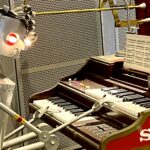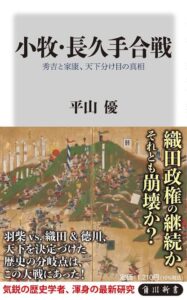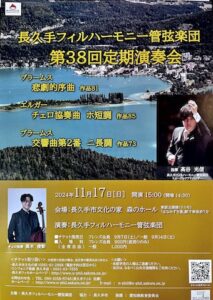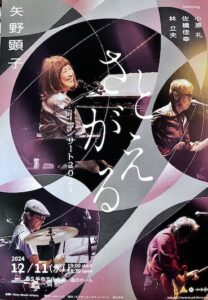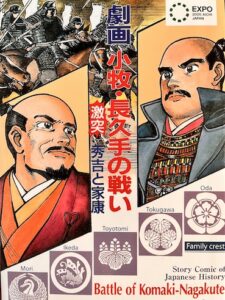長久手と「石作り」:「石作神社」の起源は8世紀



石作神社の起源は平安時代の8世紀

長久手の歴史は、「小牧・長久手の戦い」の戦国時代よりも遥かに古く、8世紀までは確実に遡ることができる。8世紀に創設されたのが、岩作の北面に鎮座する「石作神社」である。
8世紀の日本で、石作神社と呼称された神社は実は5カ所しかない。その内の3カ所が現在の愛知県内にあり、ここ長久手市の神社はその一つであるとされている。祭神は、尾張氏の祖とされる天香山命(あめのかぐやまのみこと)の五世の子孫の石作連(いしづくりのむらじ)の祖である。

「熱田」の地は中央より右方、下から5cm程の岬だったことが分かる

当時愛知の地は、大阪や江戸と同じく、海や入江が深く入り込み、当時の長久手の北側の現在の尾張旭や瀬戸の一部は猿投山の麓の現在の「海上(かいしょ)も森」まで西側から海が入り込んでいた。長久手で採れた石は、そこが船着場となり船で運ばれたと思われる。
1607年からはじまる名古屋城築城には、長久手の東部助六古墳群からも幾らかの石材が採られ運ばれたようであるが、以前の様には採石覇されなかったようである。
平成25年、境内に大黒神と恵比寿神神社は伊勢神宮式年遷宮を記念し、石作神社で保管していた<大黒神像と恵比寿神像一対>が新しく建てられた摂社の祠にお祀りされた。



The history of Nagakute is much older than the Warring States period of the Battle of Komaki and Nagakute, and can be reliably traced back to the 8th century. Founded in the 8th century, “Ishitsukuri Shrine” is enshrined on the north face of Iwatsukuri.
In 8th-century Japan, there were actually only five shrines called Ishitsukuri-jinja Shrines. Three of them are in present-day Aichi Prefecture, and the shrine here in Nagakute City is said to be one of them. The enshrined deity is Ishizukuri no Muraji, the fifth generation descendant of Amenokaguyama no Mikoto, the ancestor of the Owari clan.
At that time, Aichi had deep seas and coves, just like Osaka and Edo. The sea was coming in from the west. It is believed that the stones quarried in Nagakute were transported by boat from there.
It seems that some stones were taken from the Tobu Sukeroku Burial Mounds in Nagakute and transported to the construction of Nagoya Castle, which began in 1607, but it seems that they were not quarried as before.
In 2013, Daikokujin and Ebisujin Shrine in the precincts commemorated the Ise Jingu Shikinen Sengu, and , which had been kept at Ishizukuri Shrine, was enshrined in the newly built shrine of the subsidiary shrine. rice field.









